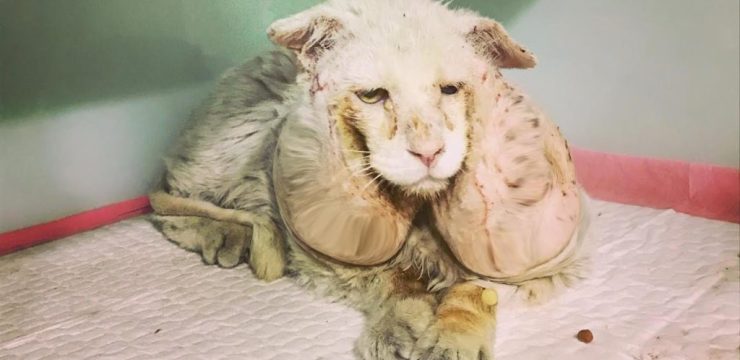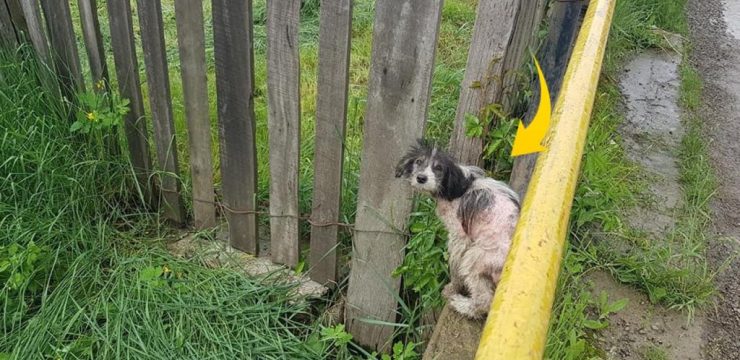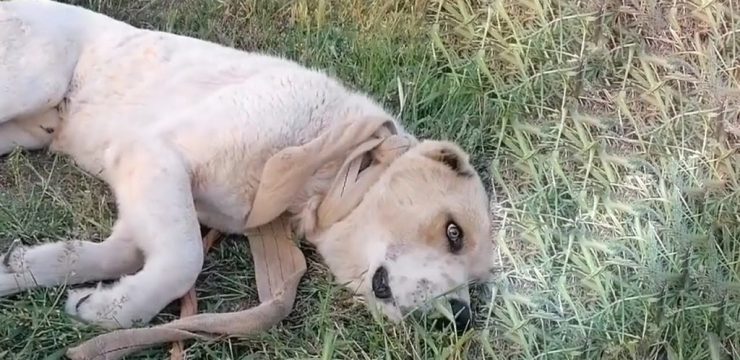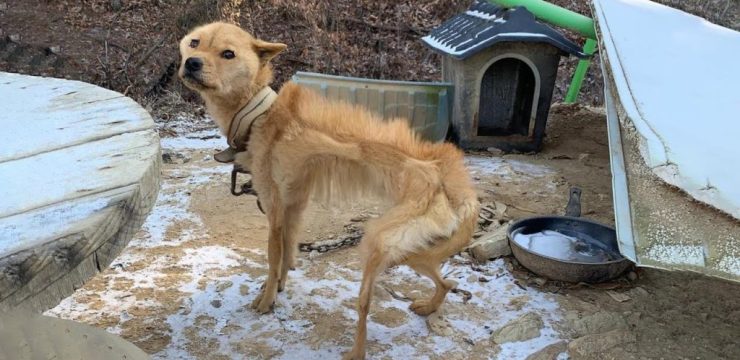Liam Carter had always felt most alive beneath the surface. The ocean was more than his workplace — it was his sanctuary. For years, he had explored its depths, studying its creatures and capturing their beauty on film for marine conservation projects. He moved through the water with the ease of someone who truly belonged there, guided by a belief that respect and understanding could bridge the distance between human and wild.
That belief was tested one calm morning off the coast of South Africa — a day that began in peace and ended in a battle for his life. The sea was glassy, sunlight slicing through the surface and dancing on the sand below. Liam and his team were there to observe a great white shark he had been studying for weeks. Massive and elegant, the shark had slowly grown accustomed to his presence, circling near him with movements that seemed more curious than threatening.

Liam often said she was different — calmer, more aware. His colleagues were less convinced. “Don’t get too close,” one warned him as they prepared their gear. “They’re still wild animals. You can’t ever forget that.” Liam had only smiled, tightening his oxygen tank. “She’s not like the others,” he said confidently. “She’s gentle.”
For the first half hour of the dive, everything went exactly as planned. The shark glided through the water in smooth arcs, her body gleaming in the filtered sunlight. Liam hovered beside her, recording each moment with practiced precision. At one point, he reached out — not to touch, but to acknowledge — a silent sign of connection he had offered many times before.
But that day, something shifted. Without warning, the shark turned sharply, its massive body twisting in the water. Liam froze, barely processing what he was seeing. Then, in one swift motion, the creature lunged. A powerful jaw clamped down on his arm, and the ocean — once calm and welcoming — became a violent blur of motion and sound.
His cry was lost in the water. The camera slipped from his grip, tumbling into the depths as a red cloud bloomed around him. Pain surged through his body like fire. Instinct took over — he kicked, twisted, struck out — desperate to break free. Every second felt like an eternity. He could feel his strength draining, his vision dimming. Then, as suddenly as it had begun, the shark released him.
For an instant, there was silence. The predator circled back, brushing past him as if deciding whether to continue. Liam’s oxygen gauge was dropping fast. His left arm hung useless, torn and bleeding. Panic clawed at his chest, but somewhere deep inside, a fierce will to survive pushed through the pain. With his remaining strength, he swam upward, each movement fueled by sheer determination.
Above him, the sunlight shimmered — a thin, unreachable line between life and death. Just as his lungs screamed for air, the rescue team spotted the disturbance. Two divers plunged into the water, pulling him toward the surface. Liam lost consciousness as they hauled him aboard. The sea that had once felt like home now looked vast and indifferent — breathtaking, but unforgiving.
When Liam awoke in the hospital, the steady beeping of machines filled the room. His arm was wrapped in heavy bandages. The doctors told him he had been minutes away from losing his life. “You’re lucky,” one said quietly. “Most don’t make it through something like that.”
In the days that followed, news of the attack spread quickly. His story — and the haunting footage recovered from his camera — went viral. Headlines called him “the man who trusted the wrong shark.” Millions watched the video, debating whether his actions were brave or foolish. But for Liam, the opinions didn’t matter. He wasn’t chasing fame or redemption.
When asked about the attack during an interview, his answer surprised everyone. “I don’t blame her,” he said softly. “She wasn’t being cruel. She was being what she is — a predator. I forgot that even beauty can be dangerous.” His words resonated far beyond the diving community. They carried a message about humility, about the thin line between wonder and risk when humans step into nature’s domain.
Recovery was slow. Physical therapy tested his patience, and nightmares of dark water haunted his sleep. But as the months passed, something stronger than fear began to take root. The sea still called to him — not as a challenge, but as a reminder. He had nearly lost everything, yet he couldn’t stay away.
When he finally returned to diving, his approach had changed. He no longer swam close enough to touch. He no longer tried to prove a bond. Instead, he observed from a respectful distance, his camera lens becoming both shield and storyteller. He spoke often at marine conferences, urging young divers to remember that awe must always be tempered with awareness. “The ocean doesn’t need us to control it,” he told them. “It just needs us to understand it.”
Months later, another team captured footage of the same great white — healthy, powerful, and still patrolling her territory. When Liam saw the video, he smiled. “She made it too,” he murmured. “We both survived.”
His story spread far beyond scientific circles, becoming a symbol of resilience and respect. People saw in Liam’s journey not just a brush with death, but a lesson in coexistence. The attack had taken his sense of safety but given him a deeper understanding of life — that survival isn’t just about strength, but about learning from what tried to destroy you.
Even now, years later, when he descends beneath the waves, Liam carries that day with him. The scar on his arm serves as a quiet reminder — not of fear, but of perspective. The ocean is beautiful, but it is not ours to tame. It demands reverence, not control.
And when people ask if he would change what happened, Liam always shakes his head. “No,” he says. “She reminded me that the wild doesn’t exist for our comfort. It exists to remind us that life, in all its power and unpredictability, deserves our respect.”
In the end, his story isn’t about an attack. It’s about endurance, humility, and the fragile bond between man and nature — a bond that, even when tested by teeth and terror, still finds its way back to understanding.





